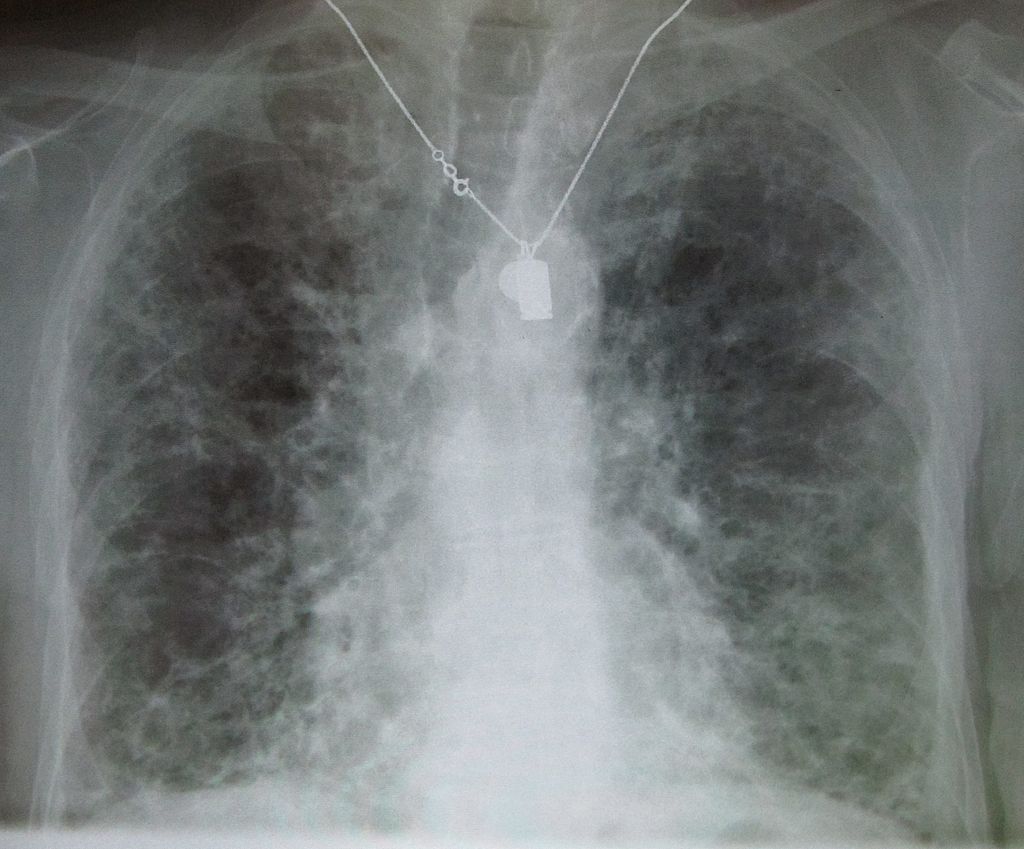
TGen researchers create spatial map of gene expression in pulmonary fibrosis
On Feb. 3, 2025, a team of researchers co-led by TGen, part of City of Hope announced creating a unique spatial map of gene expression in 1.6 million cells from the lungs of people with pulmonary fibrosis (PF) and healthy controls that revealed a surprising discovery: some lung tissue in these patients shows signs of the disease before significant structural remodeling of the tissue occurs.
Their analysis helped them map out where cells with signs of PF occur, and identify the cellular and molecular underpinnings of some features of PF. Spatial transcriptomics has evolved so rapidly that the research team needed to develop new methods to analyze the data.
The study’s results support a model where the initial stages of the disease involve disruption of the cells lining the tiny air sacs in the lung called alveoli, followed by fibrotic remodeling and the proliferation of immune cells called macrophages in the late stages of the disease. Current treatments for the most common and severe form of PF only slow declining lung function, and most patients die or require lung transplantation within three to five years after their diagnosis.
The size of the study’s dataset represents a major leap forward in the techniques and strategies used to conduct these types of analyses, the researchers said, noting that it took 35 research groups to contribute 2.4 million cells to the Human Cell Atlas Lung Project just two years ago
The findings published in Nature Genetics could point to future therapeutic strategies that treat PF patients based on their individual stage of cellular and molecular remodeling.
Tags:
Source: TGen
Credit:
